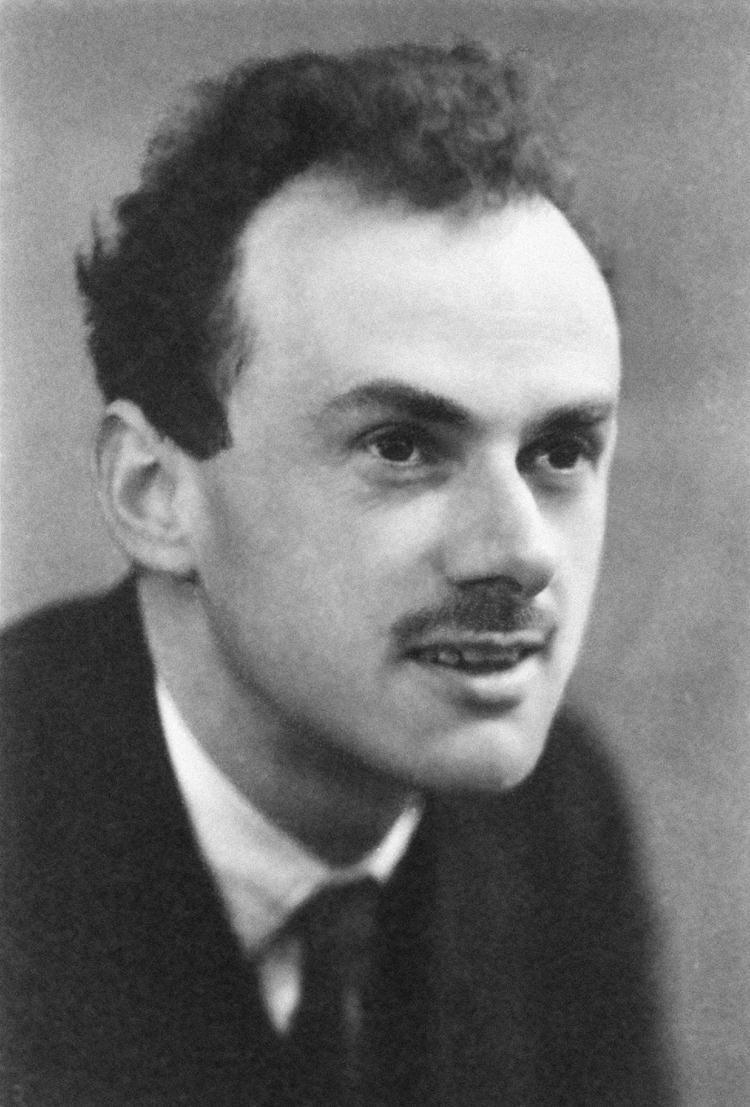In 1928, British physicist Paul Dirac wrote down an equation that combined quantum theory and special relativity to describe the behaviour of an electron
moving at a relativistic speed. The equation - which won Dirac the Nobel Prize in 1933 - posed a problem: just as the equation x
2 = 4 can have
two possible solutions (x = 2 or x = -2), so Dirac's equation could have two solutions, one for an electron with positive energy, and one for an electron
with negative energy. But classical physics (and common sense) dictated that the energy of a particle must always be a positive number.
Dirac interpreted the equation to mean that for every particle there exists a corresponding antiparticle, exactly matching the particle but with opposite charge.
For example, for the electron there should be an "antielectron", or "positron", identical in every way but with a positive electric charge.
The insight opened the possibility of entire galaxies and universes made of antimatter.But when matter and antimatter come into contact, they annihilate -
disappearing in a flash of energy.

The Big Bang should have created equal amounts of matter and antimatter. So why is there far more matter than antimatter in the universe?At CERN, physicists make
antimatter to study in experiments.
The starting point is the Antiproton Decelerator, which slows down antiprotons so that physicists can investigate their properties.
The Antiproton Decelerator (AD) is a unique machine that produces low-energy antiprotons for studies of antimatter, and "creates" antiatoms.
A proton beam coming from the PS (Proton Synchrotron) is fired into a block of metal. These collisions create a multitude of secondary particles, including lots of antiprotons. These antiprotons have too much energy to be useful for making antiatoms. They also have different energies and move randomly in all directions. The job of the AD is to tame these unruly particles and turn them into a useful, low-energy beam that can be used to produce antimatter.
The antiprotons, which emerge from the block at diverging angles, are focused before they reach the AD. Only a fraction of them have the right energy to be injected into and stored in the AD.

The AD is a ring composed of bending and focussing magnets that keep the antiprotons on the same track, while strong electric fields slow them down. The spread in energy of the antiprotons and their deviation from their track is reduced by a technique known as "cooling". Antiprotons are subjected to several cycles of cooling and deceleration until they are slowed down to around a tenth of the speed of light.
A newer deceleration ring, ELENA (Extra Low ENergy Antiproton), is now coupled with the AD. This synchrotron, with a circumference of 30 metres, slows the antiprotons even more, reducing their energy by a factor of 50, from 5.3 MeV to just 0.1 MeV. An electron cooling system also increases the beam density. With ELENA, the number of antiprotons that can be trapped increases by a factor of 10 to 100, improving the efficiency of the experiments and paving the way for new experiments.
Installed in 2000, the AD made the headlines in 2002 when large numbers of antihydrogen atoms were produced for the first time. Initial attempts were made to store antiatoms for a long enough time to be able to measure their characteristics. In 2011, an experiment announced that it had produced and trapped antihydrogen atoms for sixteen minutes, which was long enough to be able to study their properties in detail. The following year, the first measurement of the antihydrogen spectrum was published. Since 2010, the AD experiments have published numerous measurements of antimatter characteristics, comparing them to those of matter.
Currently the AD and ELENA serve several experiments that are studying antimatter and its properties: AEgIS, ALPHA, ASACUSA, BASE and GBAR. Whereas ATRAP and ACE have now completed their experiments.

